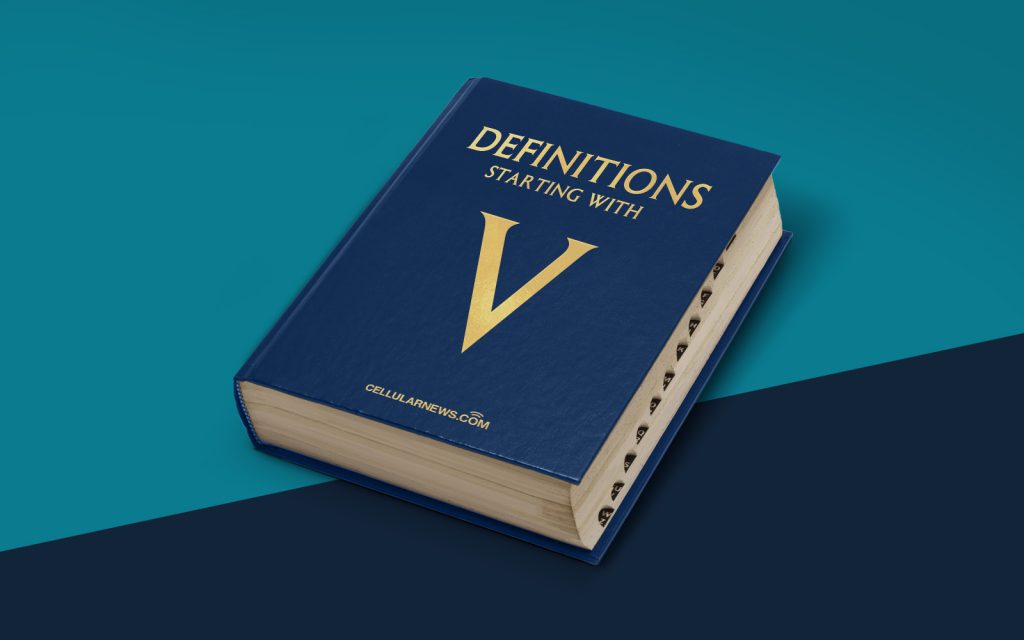
Understanding Very Low Frequency (VLF)
Have you ever wondered what Very Low Frequency (VLF) is and how it affects our daily lives? Well, you’re in luck! In this article, we will explore the fascinating world of VLF and its significance in various fields. Whether you are a tech enthusiast or simply curious about the mysteries of electromagnetic waves, this article is for you.
Key Takeaways
- VLF stands for Very Low Frequency and refers to radio frequencies between 3 and 30 kHz.
- VLF waves possess unique properties that make them useful in scientific research, military applications, and communication systems.
What is Very Low Frequency (VLF)?
Very Low Frequency, or VLF, refers to the radio frequency range between 3 and 30 kilohertz (kHz). As the name suggests, these frequencies are incredibly low compared to the radio signals we are accustomed to, which range from a few megahertz (MHz) to gigahertz (GHz). Despite their low frequency, VLF waves have unique properties that make them invaluable in several applications.
Applications of VLF Waves
VLF waves find applications in various fields, including scientific research, military operations, and communication systems. Let’s explore some of the most common applications of VLF technology:
- Geophysical Research: VLF waves are extensively used in geophysical research to study the Earth’s crust. By analyzing VLF signals that have traveled through the ground, scientists can gain insights into underground structures, mineral deposits, and geological formations. This technique is known as VLF geophysics.
- Submarine Communication: VLF waves are the preferred choice for communication with submarines. Due to their low frequency, VLF waves can penetrate seawater up to a depth of several hundred meters, ensuring reliable communication with submerged submarines even at vast distances.
- Navigation and Timekeeping: VLF signals are used for long-range navigation systems, such as Omega and Alpha, which have been vital to global maritime navigation. Additionally, VLF time signals help synchronize clocks around the world, ensuring accurate timekeeping across different time zones.
- Space Weather Monitoring: VLF waves play a crucial role in monitoring and studying space weather phenomena. By analyzing changes in VLF signals caused by interactions with the Earth’s ionosphere, scientists can gain insights into the effects of solar storms, ionospheric disturbances, and other space weather events.
Conclusion
Very Low Frequency (VLF) waves have become an indispensable aspect of our modern world. From scientific research to military applications and communication systems, VLF technology continues to push the boundaries of what is possible. As we delve into the mysteries of electromagnetic waves, we gain a deeper understanding of our planet and the vast universe beyond.
